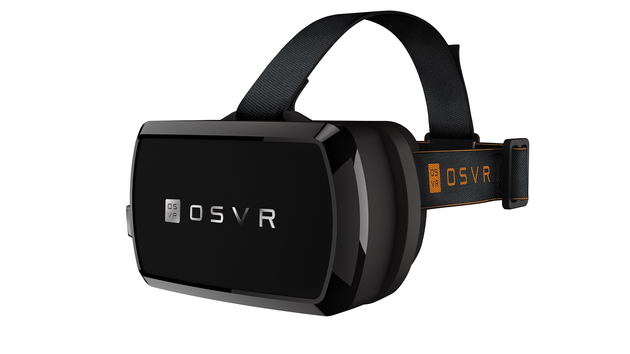Attending the Consumer Electronics Show (CES) 2016 this week in Las Vegas, is Razer the organizers behind the Open Source Virtual Reality (OSVR) platform. The company has been showcasing its OSVR Hacker Development Kit to attendees with a new feature to the unit which aims to reduce the screen door effect that gripes head-mounted displays (HMDs). The addition is a diffusion screen that enables the effect to be minimized for a better visual feel.
The screen door effect occurs due to the close proximity of the eyes to the screens used in HMDs, where users can see the lines between the pixels. Using this diffusion screen the pixels are merged together reducing the effect, giving a seamless feel to the visual quality of the image displayed.
It was confirmed to VRFocus by Yuval Boger, Chief Executive Officer (CEO) of Sensics, a virtual reality (VR) technology company based in Columbia, Maryland, which has been collaborating with Razer on the OSVR project. The diffusion screen has only been recently included for the CES 2016 show, with Boger saying: “We only added it last week.”
With the OSVR Hacker Development Kit designed to be user upgradeable, developers and VR enthusiasts are encouraged to swap components within the headset like the optics, displays and faceplates to tailor to the VR experience they want to achieve.
VRFocus will continue to follow the latest updates to the OSVR platform as further improvements are made and announcements released.
-END-
The post OSVR Hacker Dev Kit Adds Diffusion Screen appeared first on VRFocus.










![Insta360 X4 Video Compilation [No Talking]: 8K, Slow-Mo, Timelapse](https://news.lecce360.com/wp-content/uploads/2024/04/1713362788_maxresdefault-218x150.jpg)




